Short Break on the Norman Coast: Fecamp, Etretat & Le Havre
Christine and her husband enjoy a short driving break on the Normandy coast, just four hours from Dover.
Four hours after leaving Dover, we arrived in picturesque Fecamp and checked into the Hôtel Le Grand Pavois in the town centre. Our room in this plush three-star afforded views over the harbour and was a comfortable place to enjoy our first day and night in France.
After our pleasant coastal drive to this old Norman town, it became clear that the sea was to dominate our stay. From the wheeling gulls, to the smell of sea salt in the air, to delightful seafood – the sea was all-encompassing. It's the same stretch of water you see in Portsmouth or Brighton, but the French don't call it the English Channel – they term it 'la Manche' – or 'the sleeve.'
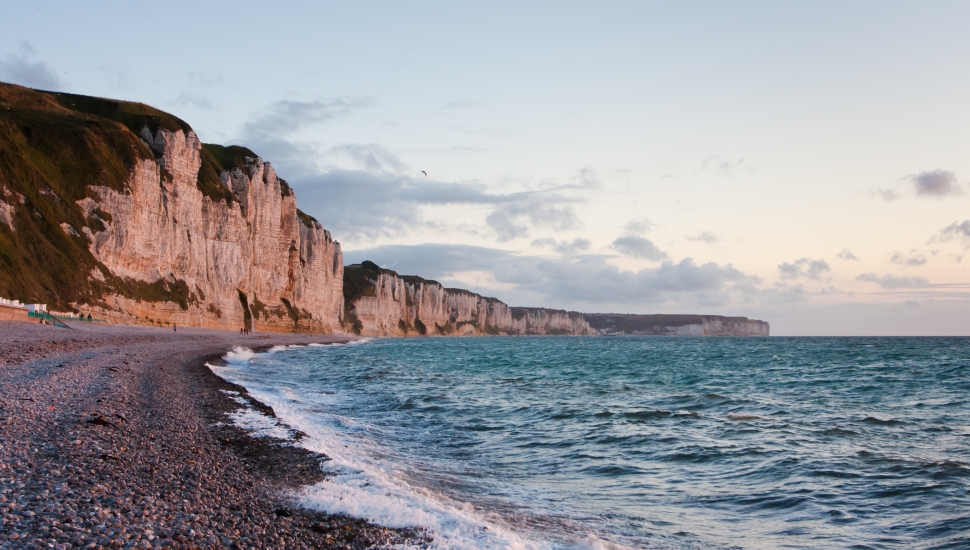
Fecamp is a relaxed sort of place, not overburdened with things to do. But then, that's why we came to this pretty, sleepy part of France. One of the main highlights of Fecamp, however, is the delightful Palais Benedictine – a Gothic and early Renaissance-style distillery which is as rewarding with its history as it is with its unique liqueur – which we sampled at the end of our visit.
The next day we upped the stakes a little with a speed boat trip from Fecamp to Etretat, which gave us close-up views of the majestic white chalk cliffs and arches for which this stretch of coastline is so well known. The captain teared around with impressive skill, getting the hearts of all 11 passengers racing, before returning to Fecamp.
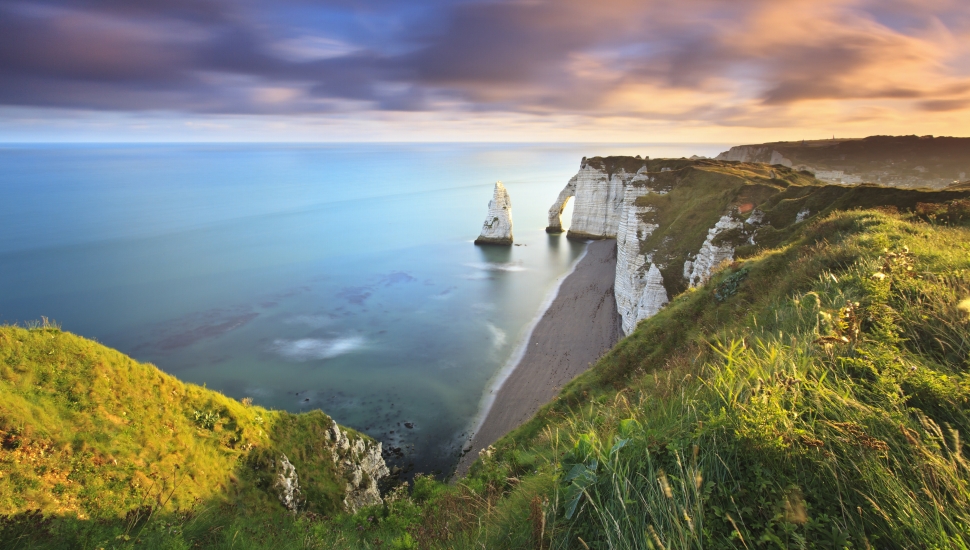
After sampling an exquisite chicken liver terrine followed by potatoes and rabbit at the Restaurant Le Vicomté, we turned in for our final night at the Hôtel Le Grand Pavois.

The next morning we rose early to enjoy an excellent breakfast before heading down the coast to Etretat - following the route we had taken in the speed boat the previous day. It was a fresh, bright day and the signs of early spring were all around us as we sped down the coast. Pink sward and tall grasses swayed in the breeze as we surveyed the Norman hinterland.
After a little trouble finding parking in Etretat, we checked into the quaint Detective Hotel – a rather eccentric establishment packed with all manner of art deco and kitschy items, reminding one of an Agatha Christie page-turner. It isn't the most modern of hotels, but it does offer a unique experience and, as we would discover the next day, a very good breakfast.
The main attraction in Etretat is of course the famous chalk cliffs, which features three natural arches and a needle. We hiked up the grassy hills that overlooked this quintessential Norman view. A refreshing and rewarding experience. Again, spring was beginning to bloom, with tiny wild flowers budding in the lush grass.
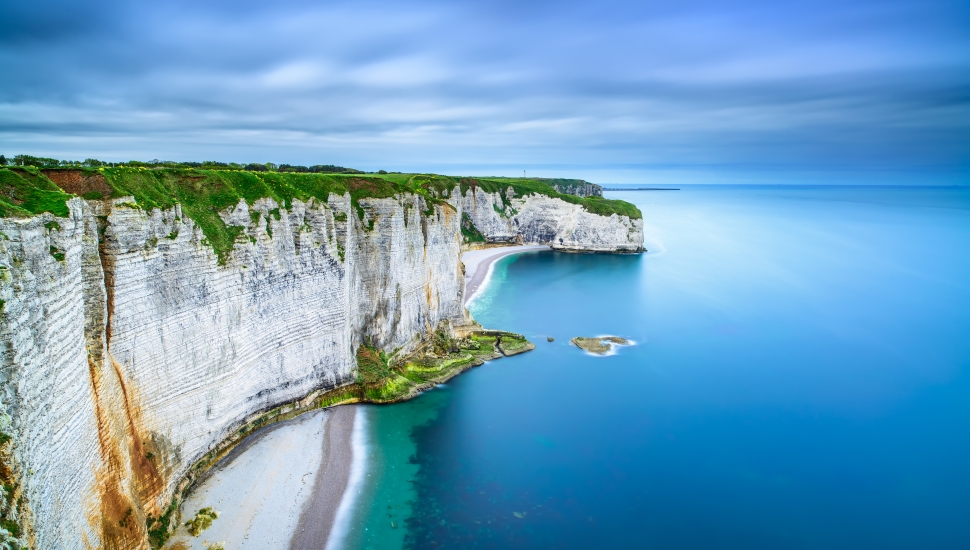
We understood, as we gazed out towards England, why artists such as Eugène Boudin, Gustave Courbet and Claude Monet all adored this area – it must have been a true inspiration.
This was also the spot where The White Bird was last seen. Considered one of the greatest mysteries in aviation, this plane (L'Oiseau Blanc) was attempting to make the first ever non-stop flight from Paris to New York when it went missing. The two World War One heroes who piloted it – Charles Nungesser and François Coli – were never seen again.
In the afternoon we visited the Chapelle Notre dame de la Garde. While this pretty building was not open to the public, the area afforded spectacular views over La Manche.
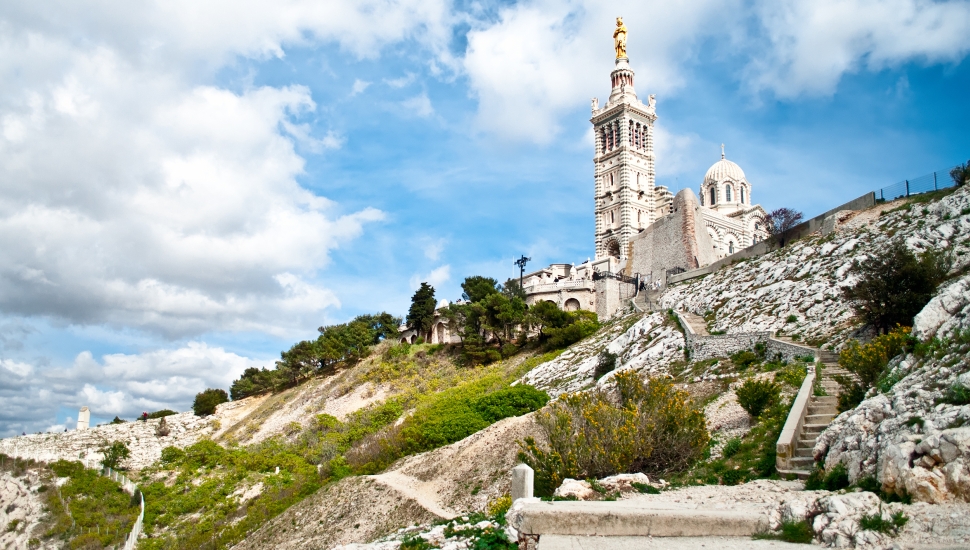
In the morning we drove down to Le Havre – the largest city in the area and home to France's biggest container port. While not the prettiest city in itself (it reminded me somewhat of Plymouth with its slightly brutal post-war rebuilds) it has a certain buzz about it.
We had booked ourselves into the Hotel Carmin, a well-run three star in the city centre. From here we could explore the city with ease, taking in the Cathedrale Notre-Dame and the striking Eglise St-Joseph – a most unusual church with a 107m tower featuring fantastic stained glass windows.
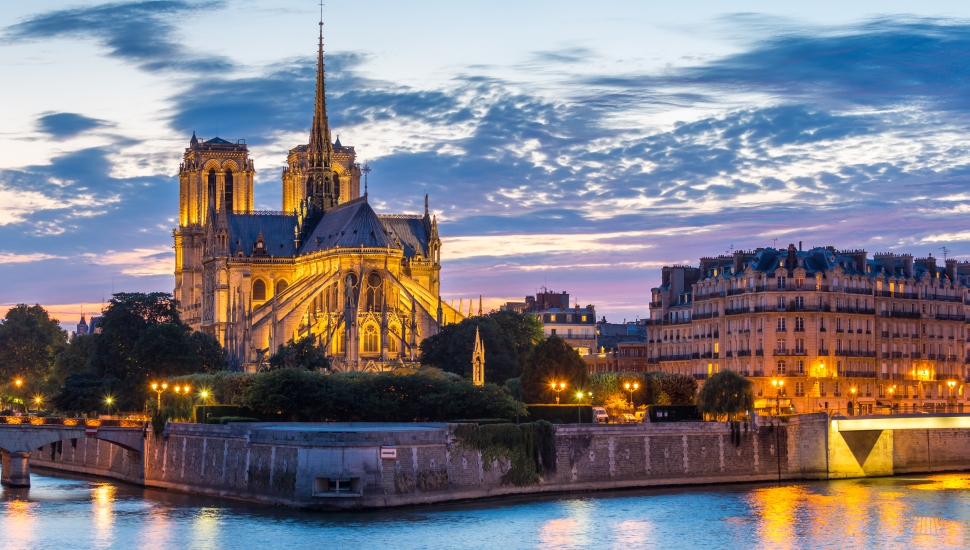
The entirety of Le Havre is a reminder of how badly the city suffered in the war. Very little of the original city remains.
In the afternoon we drove to the south of the city to view the mouth of the Seine, and talked of our return trip to Calais the next day. The Normandy coast had been the ideal location for a refreshing short break.
Get a Quote